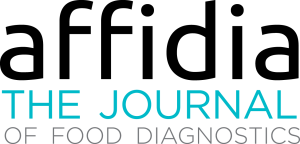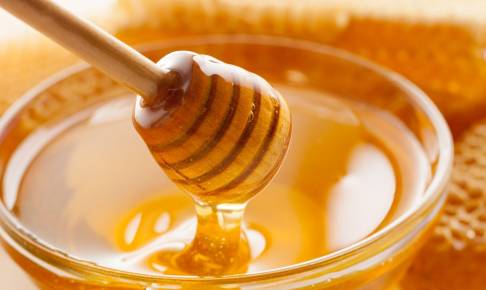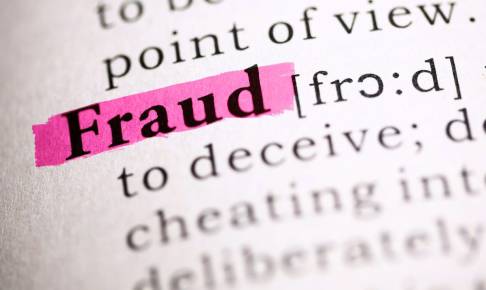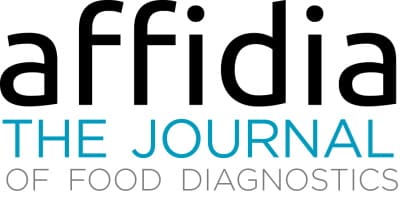Do standards protect the olive oil consumer?
A complex interrelationship of global, regional, national, and private trade and analytical standards for olive oil and olive oil grading provides assurance at every step from tree to consumer.
Introduction
Olive oil is an ancient food oil with a long history and current prominence in dietary approaches based on traditional Mediterranean eating habits. It has also proven its adaptability in numerous other cuisines. Olive trees are now grown for olive oil production on every arable continent as global olive oil consumption increases and spreads.
The price premium that olive oil attracts over most other vegetable oils has made it a food fraud target. Extra virgin olive oil leads the expansion in global consumption and this grade of oil has been the subject of numerous food fraud reports because of either adulteration with oils from other plant species or substitution with lower grades of olive oil.
The special position afforded olive oil in both the culture and the agriculture of the Mediterranean region has led to decades of research and analysis that have supported the development of numerous olive oil standards in efforts to regulate the product in trade and assure its composition, quality, and authenticity.
Standards
National and regional interests in olive oil have led to the development of numerous standards and related regulations. Such standards usually determine characteristics of both quality and purity while limiting levels of particular contaminants. Because states and countries may have different laws relating to food labelling, safety, and hygiene, olive oil producers may defer to the jurisdiction in which the olive oil is sold when determining quality and purity.
The typical anatomy of an olive oil standard is shown in Table 1. Olive oil standards are developed and published by governments, intergovernmental and non-governmental bodies, and private organizations. Olive oil standards are voluntary unless they are incorporated into national or regional regulations; however, voluntary standards are often used as the basis for government surveillance and for prosecution of food fraud (Sheridan 2008; Sheridan et al. 2013).
Standards development
All olive oil standards for quality and authenticity contain references to methods of analysis. These methods are developed and published by governments, professional and industry associations, and private organizations. The interdependent relationship between the numerous national and international standards, their methods of analysis, and the standards development organisations is presented in Figure 1.
There are multinational standards for olive oil, including the Codex Alimentarius standard (CODEX Standard CXS 33-1981) and the IOC standard (International Olive Council, 2018). Codex Alimentarius standards are referred to in World Trade Organization matters. IOC standards are voluntary although IOC member signatories attempt to apply IOC standards when they export olive oil. Member signatories may apply different national standards for their own domestic olive oil trade.
European standards are unique regional standards that apply to all the member countries of the European Union (EU) (EEC 2568/91 1991; EU 1348/2013 2013; EU 29/2012 2012) but some countries within the European Union have additional requirements and restrictions. European standards are also regulations a
Download content now





















